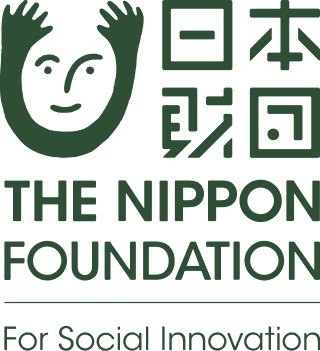Using Technology to Provide Mobility for Everyone‘Mover’ program provides transport for older persons in rural areas
Older residents of rural areas in Japan are facing increasing difficulty with regard to transportation and mobility. On the one hand, many of these areas are losing population and public transportation services are being curtailed as a result, while at the same time driving one’s own vehicle ceases to be an option as drivers become older and functional decline makes operating their own vehicle dangerous to themselves and others.
Fumitaka Kitajima is a social entrepreneur who is working to address this issue. While working as a medical social worker at a hospital in his native Gunma Prefecture, he was asked by an administrator to start a business to support patients after they were discharged from the hospital. This evolved into an adult day care business operated by M Double S Hidaka, with 12 facilities throughout the prefecture.

Welfare Mover uses AI to allow older persons to “hitchhike”
In addition to his management role at M Double S Hidaka, Mr. Kitajima also heads Social Action Organization, which uses information technology to develop software that compliments M Double S Hidaka’s hardware, to address a variety of issues related to home medical care and local communities. Social Action Organization was the recipient of the judges’ special prize at The Nippon Foundation Social Innovation Forum 2019, and currently the group’s main project is the development of “Welfare Mover.”
Welfare Mover is a system to support transport for patients to and from day care facilities, and was originally developed to make those operations more efficient by automating the process for creating schedules, assigning vehicles, and proposing optimal routes. This system was then integrated with the Smart Access Vehicle Service (SAVS (external site)) developed by the startup Mirai Share Co. at Future University Hakodate (external site). This automated system uses artificial intelligence (AI) to dispatch shared vehicles and select routes in real time, to create a ride sharing service using welfare vehicles (a term used in Japan for vehicles that have been modified to make them accessible for wheelchair users and other persons with limited mobility).
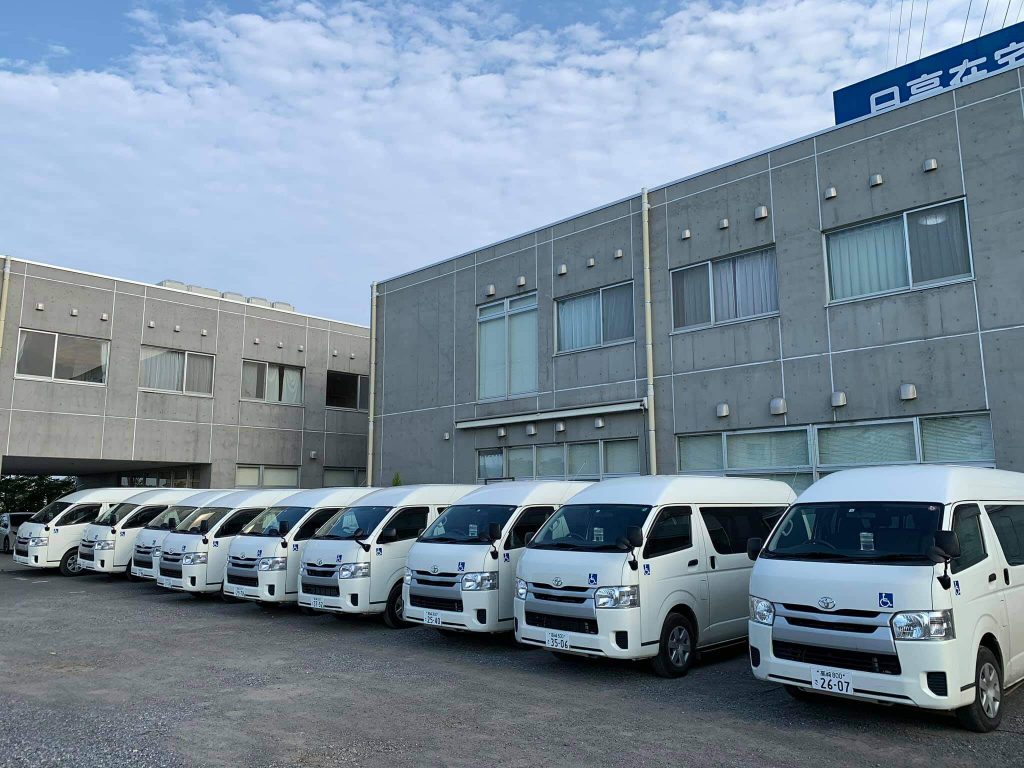
Mr. Kitajima calls this “Using AI to allow older persons to hitchhike,” by instantly matching older persons who want to go somewhere with welfare vehicles that are driving in that area. The system is very easy to use. Using a dedicated smartphone application, the user registers their home or other places where they will want to be picked up and their destinations in advance, and when they want to use the service all they need to do is select the pickup location, destination and number of riders, and a welfare vehicle picks them up and takes them to their destination. This ease of use provides motivation for older persons who can no longer drive to be proactive about going outside their homes.

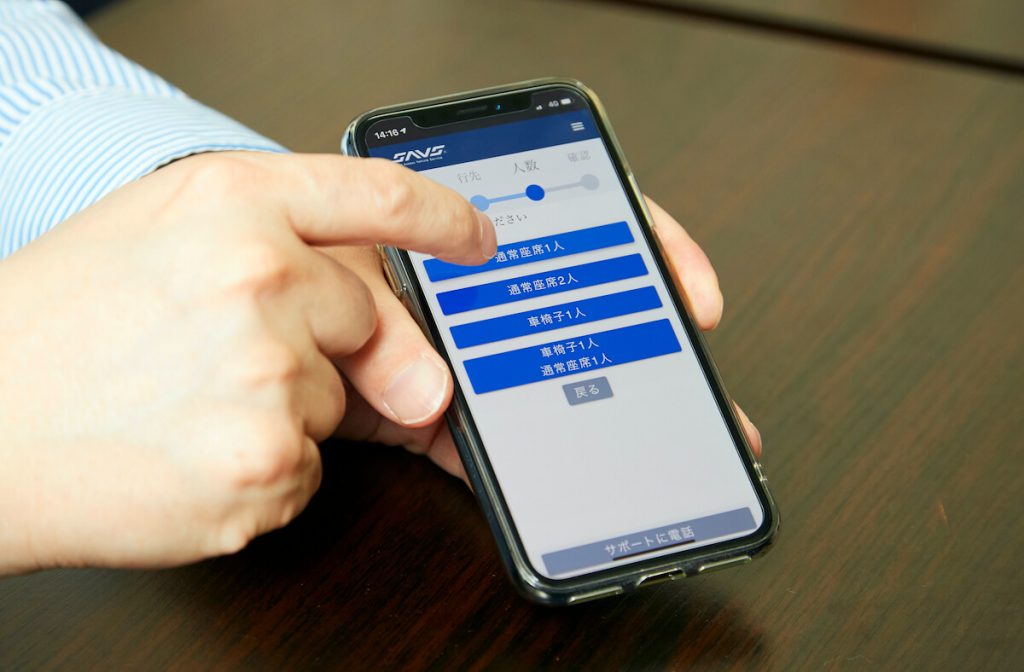
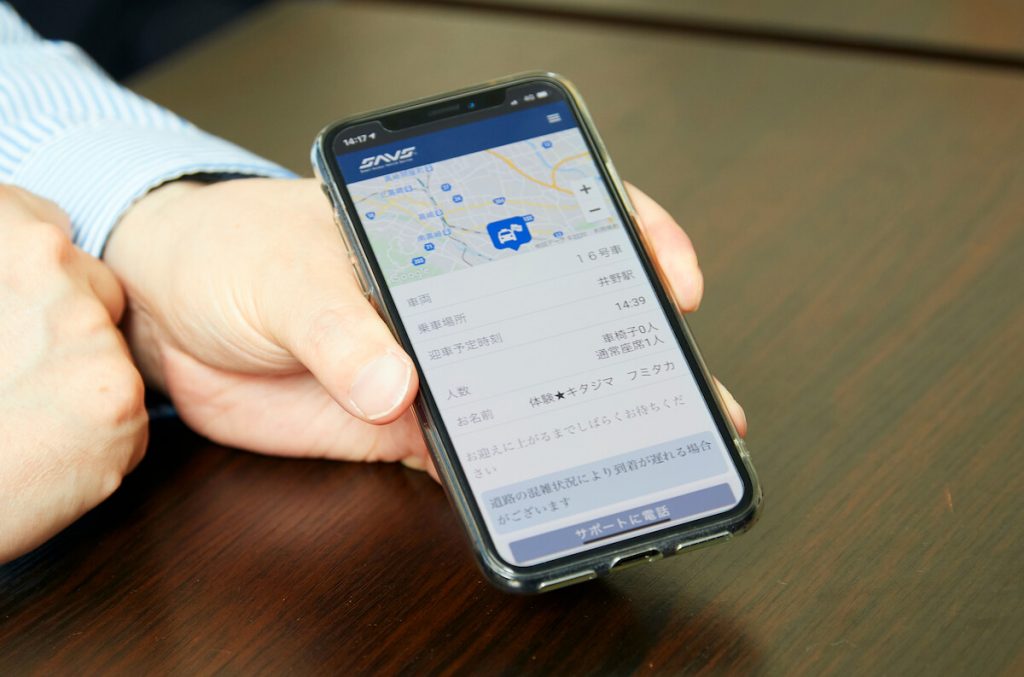
Nevertheless, it took nine years to develop and implement this service. Mr. Kitajima explains that nine years ago, he spent one year writing the lead editorial article in a local newspaper, and wrote that if the vehicles used by adult day care facilities were integrated into the local transportation infrastructure, it would be easier for older persons to go from place to place. The mayor of Maebashi City (Gunma Prefecture) at the time saw the article and supported the idea, and met with him and the head of the city’s transportation policy department. The mayor wanted to put the plan into action, and initially Mr. Kitajima thought that the information technology would be all he would need to address. As he got started, however, he realized that in addition to developing the software, he needed to resolve a number of legal issues including differentiating the service from a taxi business, and that required a significant amount of time.
Local authorities responsible for transportation operations were initially unreceptive to the plan, but after repeated visits Mr. Kitajima was eventually able to win them over. In the end they even advised him that instead of registering the service as a taxi service within the transport industry, he should register as a tourism service that picks up and delivers people requiring nursing care to their destinations, and with that breakthrough Welfare Mover came into existence.
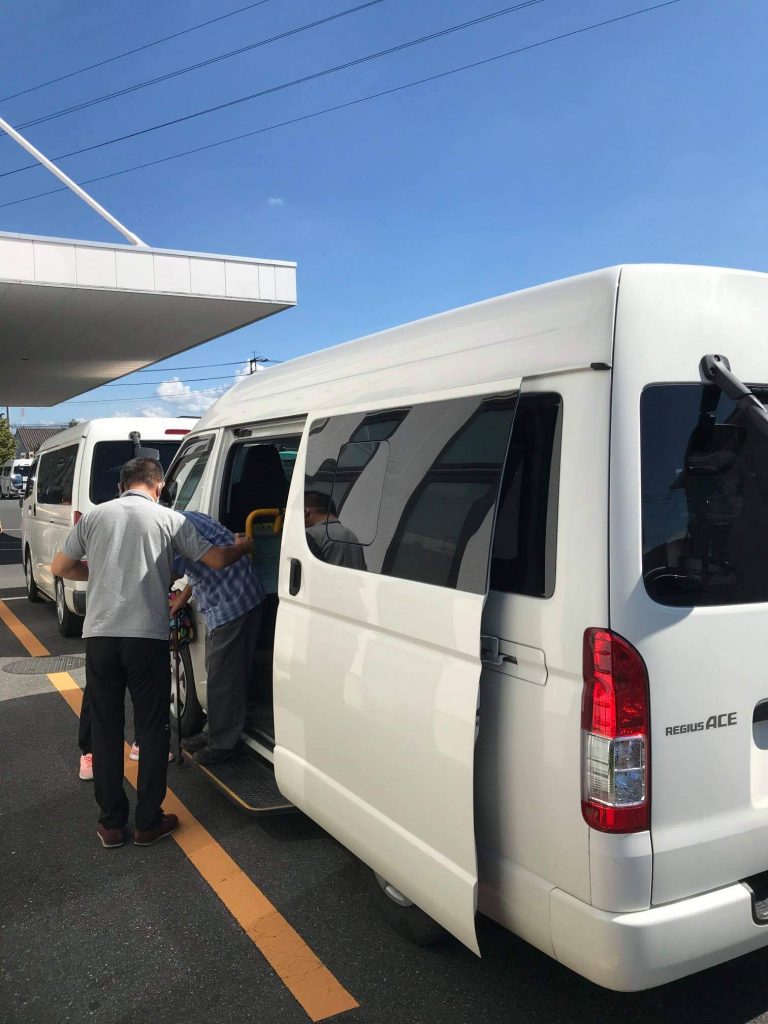
A society in which people can go to and from their favorite places in a way that suits their physical condition
Verification testing of Welfare Mover’s effectiveness began in October 2020, after Social Action Organization received a grant as part of a Ministry of Economy, Trade and Industry program to promote regional startups. To date, test operations have only been carried out among M Double S Hidaka’s facilities in Ota City in Gunma Prefecture, but going forward, 25 facilities in Gunma, Tochigi, and Niigata prefectures are set to begin testing by February 2021, and if those tests are successful, the service will commence full-scale operations in 2022.
Mr. Kitajima notes that several issues have already come to light during the initial verification testing. One is differences in information technology literacy among facility operators, with some experiencing difficulty using the smartphone app and ending up managing routes by hand on a whiteboard. This means that the nursing care industry, which still uses many manual and analog operations, needs to be brought up to date. Mr. Kitajima is using technology to resolve these issues, with the aim of achieving a society that allows everyone regardless of age or disability to live a convenient life through a MaaS* next-generation mobility service.
- * MaaS: Mobility as a Service. A new concept in mobility that uses information and communications technology for cloud-based management of all forms of transportation other than privately owned vehicles as a single service.
Mr. Kitajima explains that the term MaaS is widely used to refer to a single mobility service that integrates public transportation, ride sharing, car sharing, bicycle sharing, taxis, and other forms of transport that can be used in accordance with the user’s needs, but this alone is not sufficient for older persons and persons with disabilities. His aim is to use technology to create a “Welfare MaaS” that people can use to move about freely with minimal physical burden. Rural areas are mostly automobile-oriented communities, and Mr. Kitajima hopes to use a Welfare MaaS to support these communities as an increasing number of people become unable to drive themselves.
Contact
Public Relations Team
The Nippon Foundation
- Email: cc@ps.nippon-foundation.or.jp

